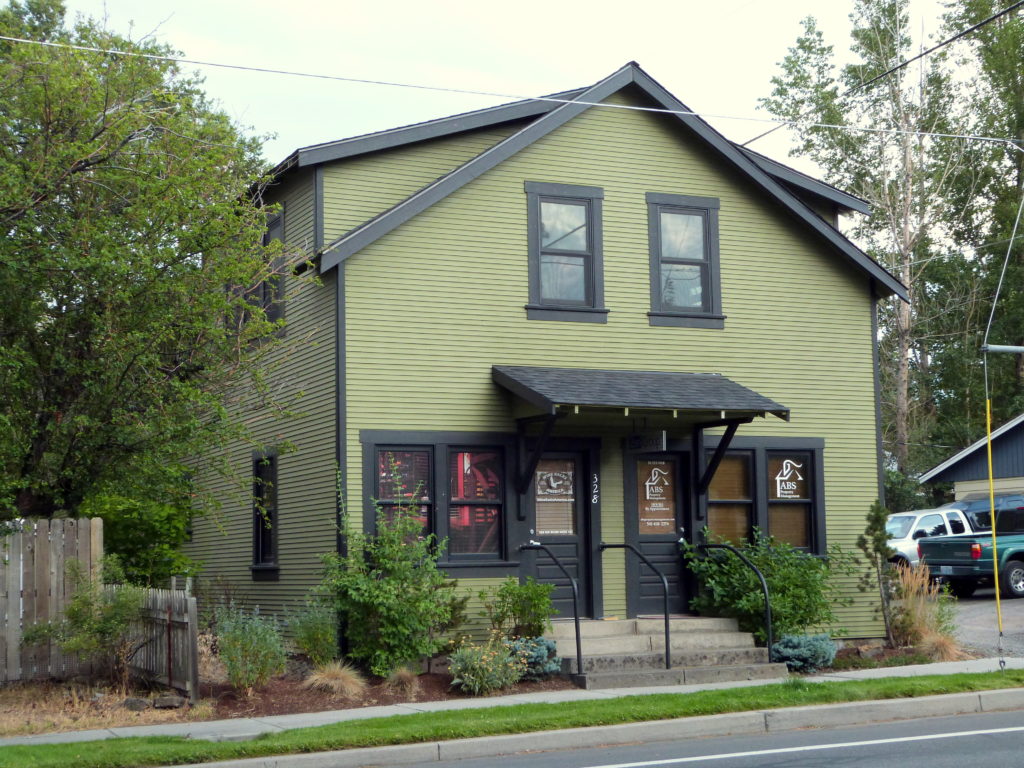Opinion: Owner Occupancy Can Be A First Step In New Housing Strategy That Benefits The Entire Community

Duplex. Photo: Wikimedia Commons. (CC BY-SA 3.0)

Amherst has a huge financial resource that is only marginally captured to the benefit of our local community. This resource is the students who come from near and far. About 14 000 students live off campus. Each one of those students will spend between $10,000 and $20,000 per year on rent alone. If we chose $12 000 as the average, we get a total annual expenditure of $168,000,000. From this simple artimetic I conclude that $150 – $200 million per year in rental income alone will be spent in Amherst and surrounding towns. I conjecture that well over half of that money will leave our area and go to outside individuals and entities. I urge us to think about strategies that would keep more of that resource in our community.
One strategy would be to greatly increase the number of owner occupied duplexes and triplexes (three deckers). I have long argued that this could be our best strategy for creating affordable housing that would allow individuals and families in lower and middle income occupations to be able to build equity and affordably live in Amherst without the need for any public subsidy or any loss of tax revenue to the town. Socially, this would be a meaningful measure toward redistributing the wealth of this resource to the many in our community as opposed to the few outside our community. This idea could be a powerful tool in promoting our collective goals of Diversity, Equity and Inclusion (DEI).
Here is a hypothetical example. Across the street from my home is a side by side duplex occupied by students. Each half is occupied by three students. Assuming each pays $800 per month means that the property earns about $60 000 per year. If a family occupied one half and rented the other, the sum of $30 000 might cover taxes ($12 000), insurance ($3000) and mortgage payments ($15 000). The family lives rent free in their half and accrues equity over time. Even if they had to spend $15 000 per year in upkeep, that would be considered an affordable rent. I invite readers with more knowledge and experience to refine or extend this very simplistic analysis.
Bold thinking might suggest we create local investment vehicles that forward our human/environmental/social agenda. The collective wealth and investments of all of Amherst could be a staggering sum. Why not be creative about investing in our values and still maintaining profitability. While these may seem to be antagonistic, perhaps we could make them complimentary. I offer this challenge to those of you that are more finance and investment knowledgeable than I am.
The steps toward initiating and implementing these actions should engage the collective effort of our community: individuals, small businesses, local and state government, non profit agencies, local religious communities, and others. My impression is that owner occupancy incentives are largely absent and often waived. But zoning incentives and favorable bylaws alone are not enough. We need architects, builders, and local investors to begin to create innovative ways of retrofitting existing homes into multifamily units with adequate privacy and energy efficiency. We need new construction that includes the new values of scale, beauty and practicality. We need to create for profit and non-profit hybrids that are focused primarily on the collective benefit of community improvement that prioritizes Diversity, Equity and Inclusion. This innovative challenge itself gives us an opportunity to work together toward common benefit and common wealth. It offers an alternative to the practice of trying to harness the energy of large private profit driven entities to realize our shared community goals.

Good afternoon,
I think this is a great effort, but I would love to be able to purchase a two family home where my mortgage payments are only $1,250 per month.
There are quite a bit of unforeseen expenses that are not accounted for in this assessment.
I did $300 000 * 0.05 = $15 000. Agreed $300 000 is now low, but few years ago those numbers would have been reasonable. Investors are clearly making a good profit or they would not be doing it. My suggestion is to figure out how to direct that profit to members of our community. Yes the details need to be worked out, but my point is that we are not even trying. To my knowledge there are no such ongoing initiatives. I would invest time and money in such an attempt if a core group of community members came together. Why is it that profit and wealth is rarely captured for the common wealth of the community, except through taxes. I am suggesting we can do better than that.